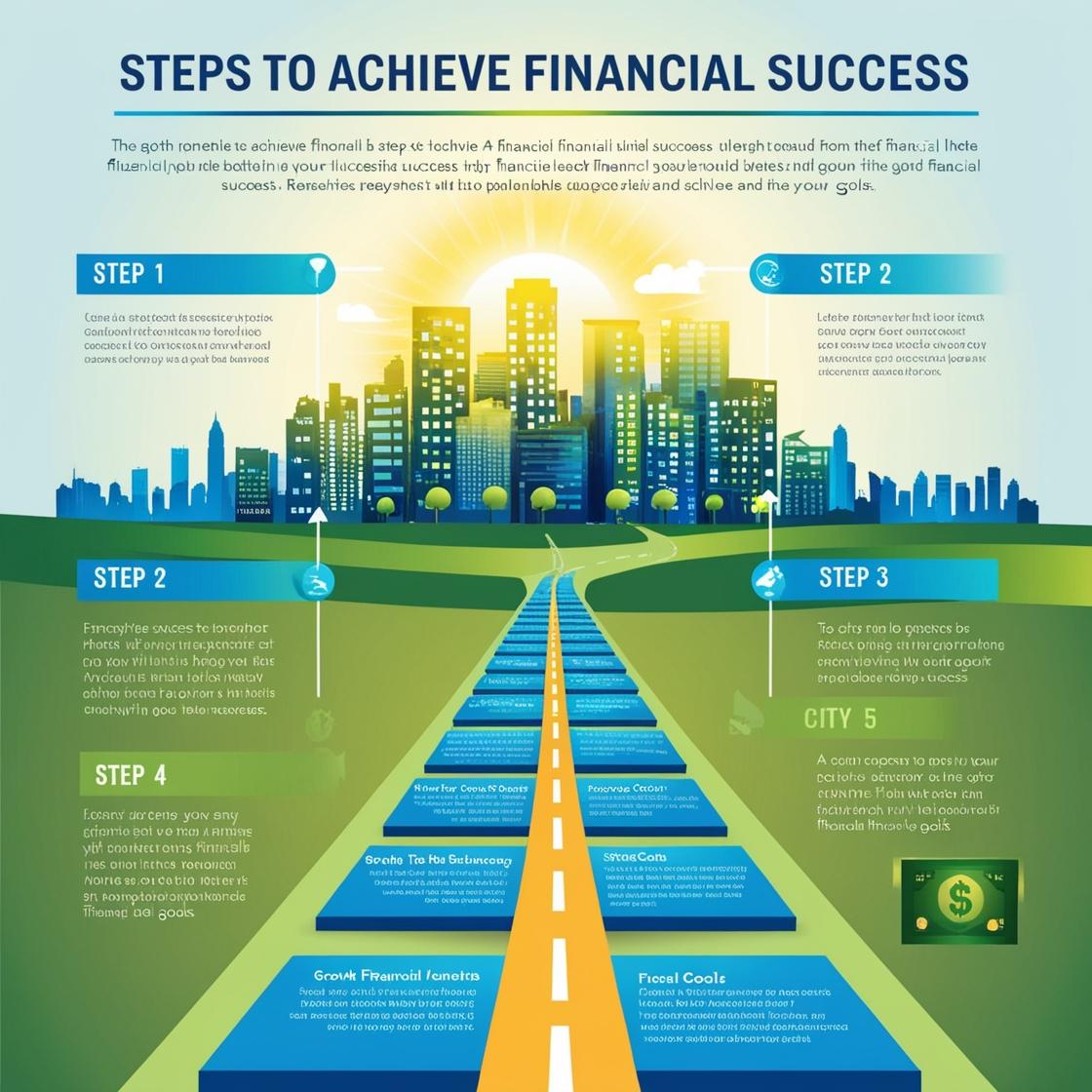
In today’s fast-paced world, many people strive to balance their finances in a way that not only supports their current needs but also builds a future they’re excited about. A well-structured financial plan helps you optimize cash flow, prioritize spending in alignment with your life goals, and make trade-offs that ensure long-term happiness. In this guide, I’ll walk you through a step-by-step approach to using your money wisely, so you can live a life that feels both financially secure and fulfilling.
Step 1: Calculate Your Personal Cash Flow
Cash flow is the foundation of any strong financial plan. It’s a measure of your financial efficiency, calculated by subtracting essential costs from your total income. Here’s how to do it:
- Track Your Monthly Income: Include all sources of income, such as salary, bonuses, or side hustles.
- List Fundamental Costs: Essential living expenses like housing, utilities, transportation, groceries, and minimum debt payments should typically fall between 50-60% of your take-home pay.
- Determine Your Margin: Subtract your essential expenses from your income. The remaining amount is your financial “margin”—money you can allocate towards savings, investments, and non-essential spending.
For example, if Alex earns $5,700 monthly and has essential costs totaling $2,900, her margin is $2,800. This margin is the amount she can purposefully use to achieve her financial and personal goals.
Step 2: Align Spending with Your Life Goals
Purpose-based spending means consciously allocating your margin to reflect both your current lifestyle and the future you want. Begin by asking yourself what life looks like 5, 10, or even 20 years from now.
In Alex’s case, her goals include:
- Buying a Home: Estimate costs and save towards a down payment. For example, if her target down payment is $120,000 within five years, she’ll need to set aside $2,000 monthly.
- Career Transition: If she wants to leave her job in two years, Alex can build a cash reserve to cover essential expenses during her transition. With living costs of $2,900 monthly, she would aim to save $35,000.
- Early Retirement: Using the “4% Rule” for retirement planning, she calculates that to generate an annual retirement income of $50,000, she needs $1.25 million in investments.
By quantifying each goal, she can better assess what’s realistic within her margin and timeframe.
Step 3: Organize Finances to Reach Your Goals
Once your goals are clear, organize your finances to achieve them. Let’s return to Alex’s example:
- Calculate Monthly Contributions: With a $2,800 monthly margin, Alex can allocate $2,000 to save for her down payment within five years. She then sets up an automatic transfer to a high-yield savings account to maximize her returns.
- Consider Secondary Goals: If she also wants to quit her job within two years, Alex must prioritize between short-term savings (home) and building a safety net (career change).
- Explore Financial Options: For her home-buying goal, Alex might research mortgage types, rates, and requirements. This helps her understand her potential borrowing power and align her savings efforts with market conditions.
Step 4: Weigh Opportunity Costs
Every financial decision involves opportunity costs—the benefits you sacrifice when choosing one option over another. While it’s not necessary to dwell on small day-to-day spending, it’s essential to consider opportunity costs for major expenses like buying a home or a car.
For example, Alex may debate between buying a more expensive house with a garden and retiring early. Choosing a larger mortgage may delay her retirement goals or her ability to build a cash buffer. Nisha, our financial guide, shares that she once prioritized buying a home over investing, which allowed her stability but meant forgoing compounding growth from the stock market.
Practical Tips for Purpose-Driven Spending
- Break Down Goals into Actionable Steps: For each goal, identify monthly contributions needed and set up automatic transfers to reach these savings targets.
- Adjust Based on Life Changes: Revisiting your goals regularly helps account for any pay raises, new expenses, or unexpected costs.
- Prioritize Big-Picture Purchases: Ask yourself how a major expense will affect your overall financial future. Is the short-term benefit worth what you’re giving up?
Conclusion
Crafting a financial plan that aligns with your unique goals allows you to manage your money purposefully, balancing today’s happiness with tomorrow’s security. By understanding your cash flow, focusing on purpose-driven spending, and being mindful of opportunity costs, you can achieve a life that’s both financially sound and personally fulfilling.
Have a financial goal but aren’t sure where to start? Share it with me in the comments—I’d love to help you make it happen!




